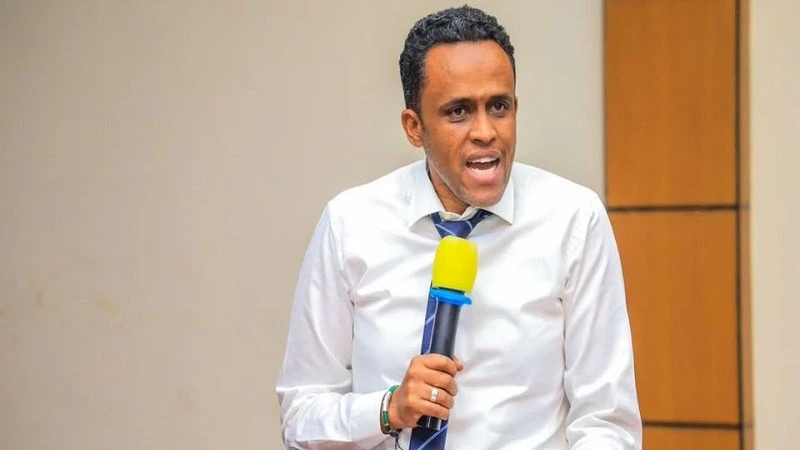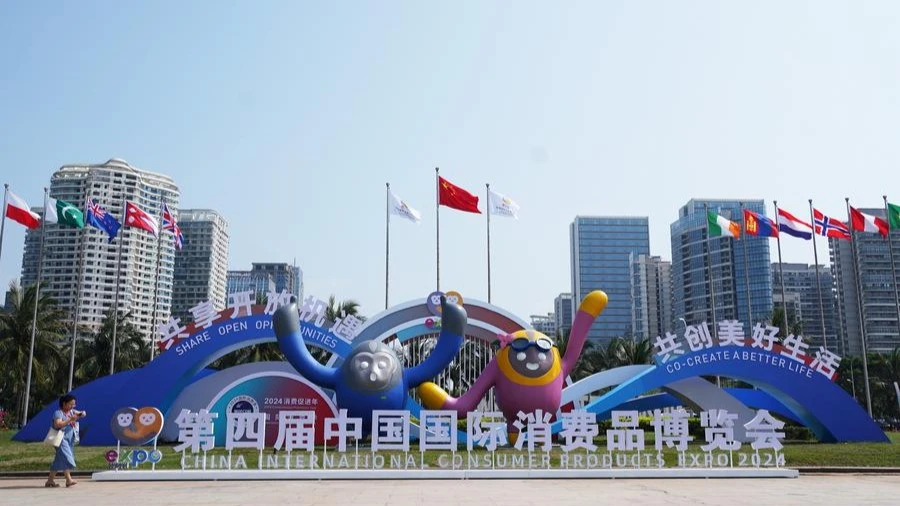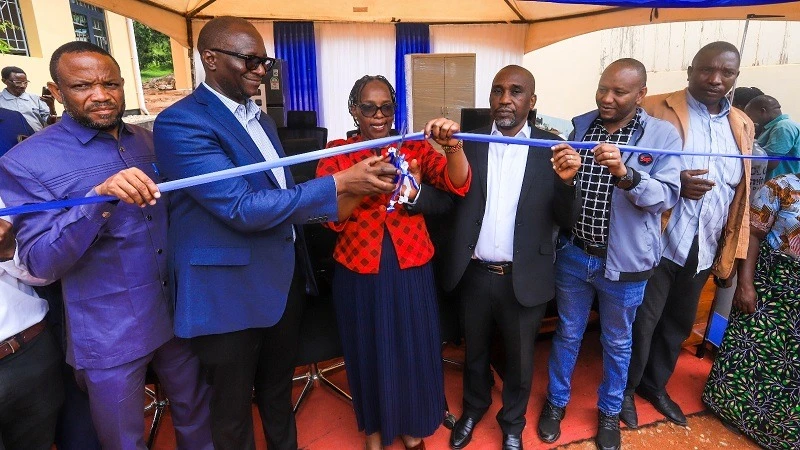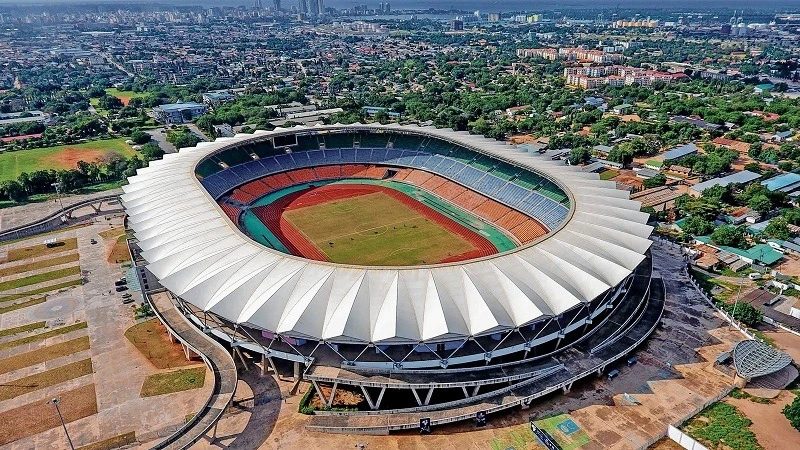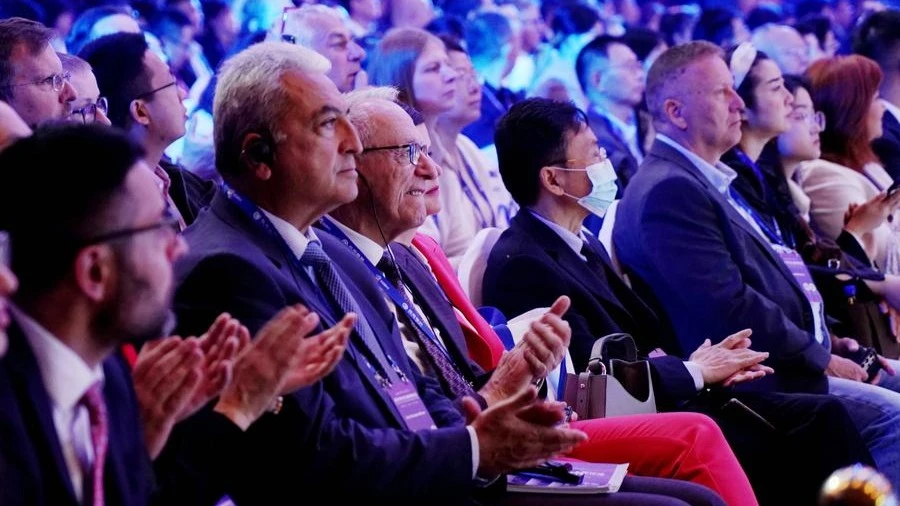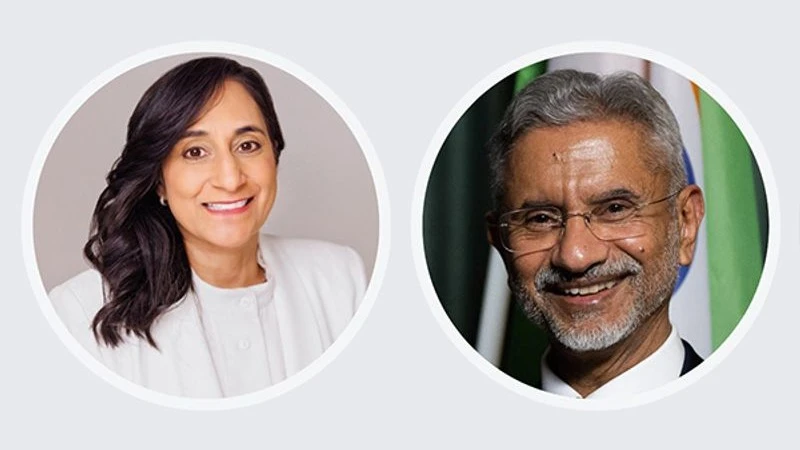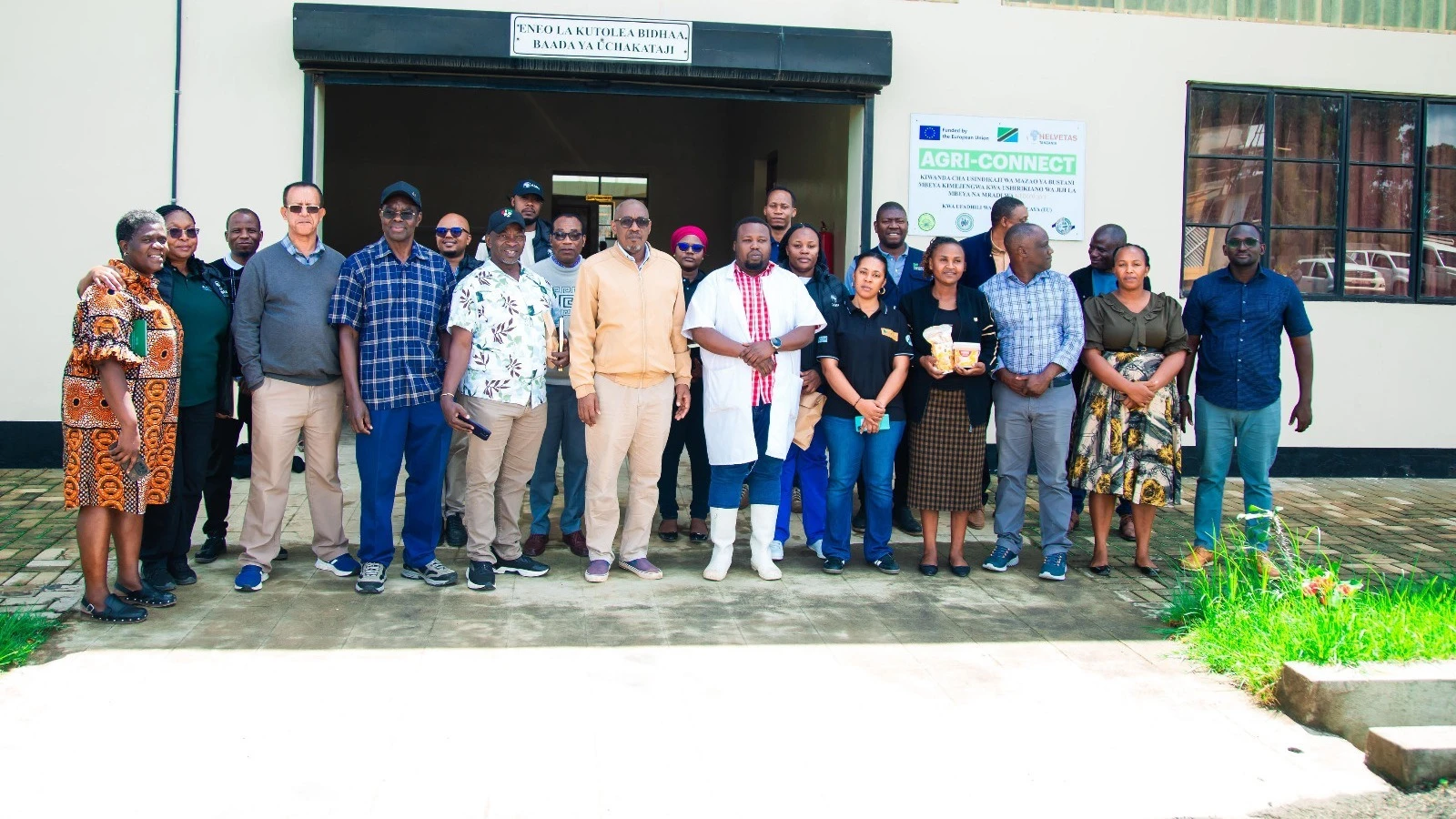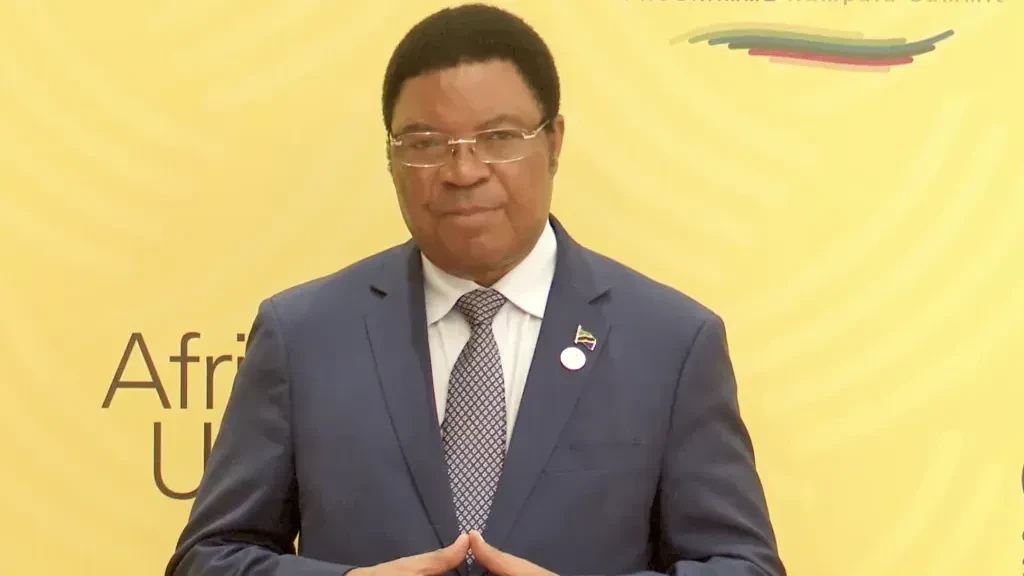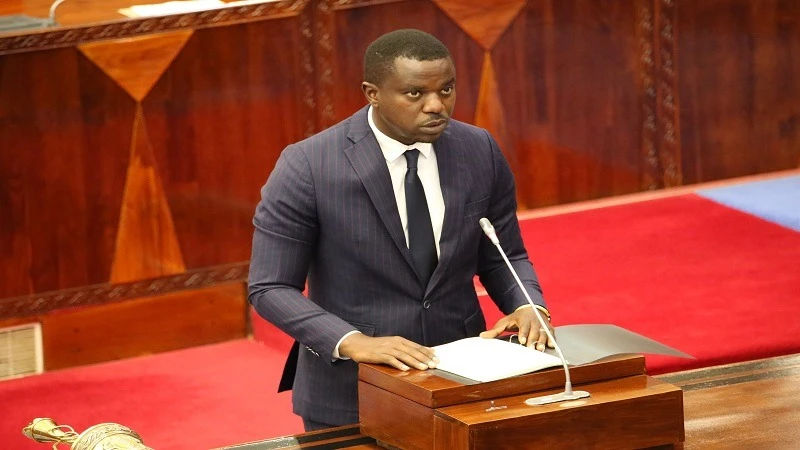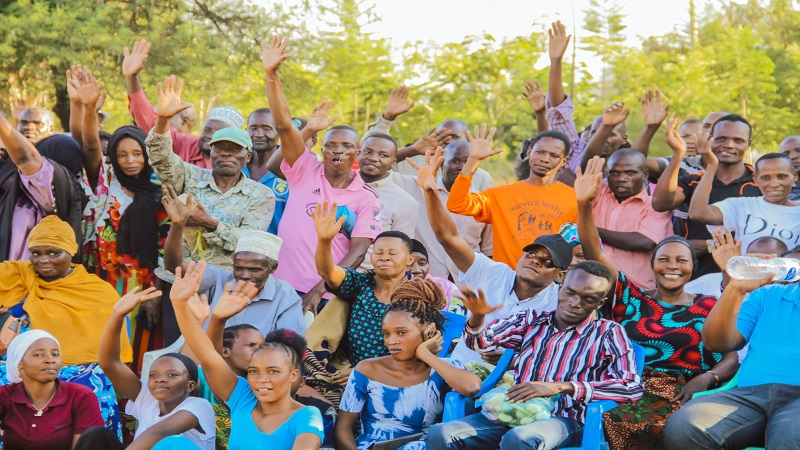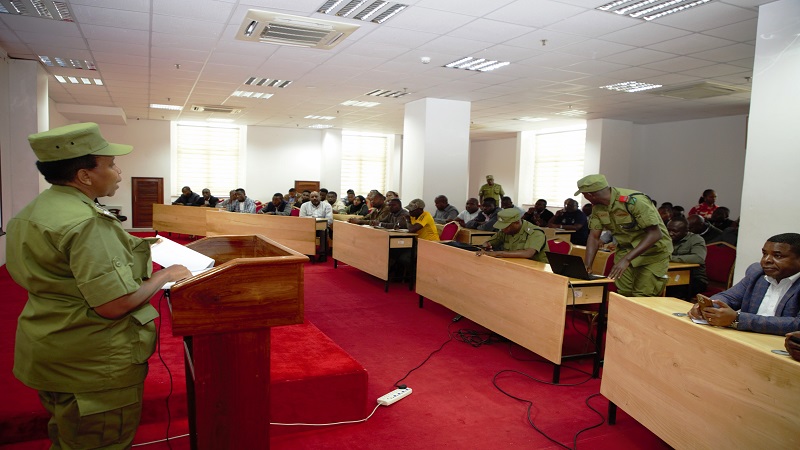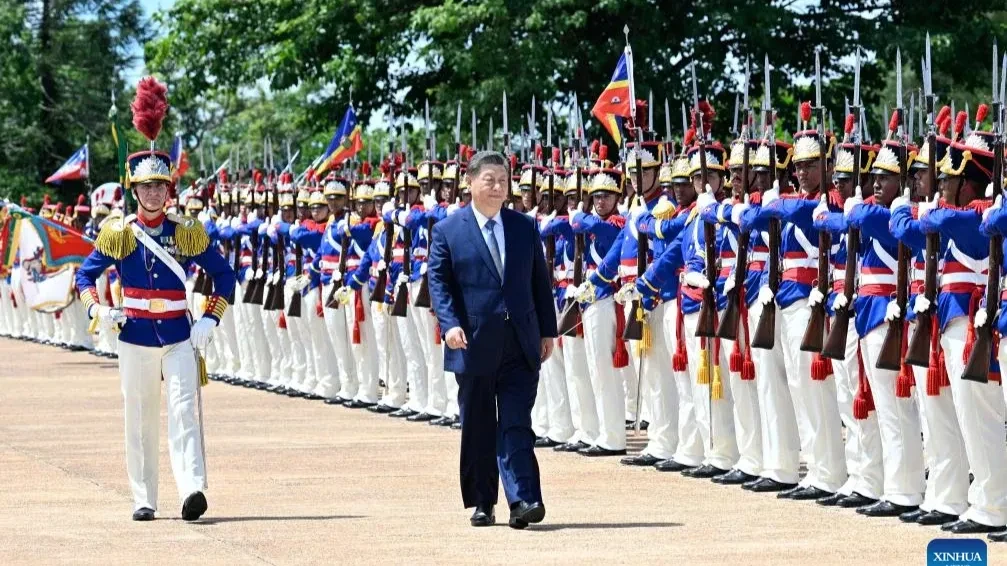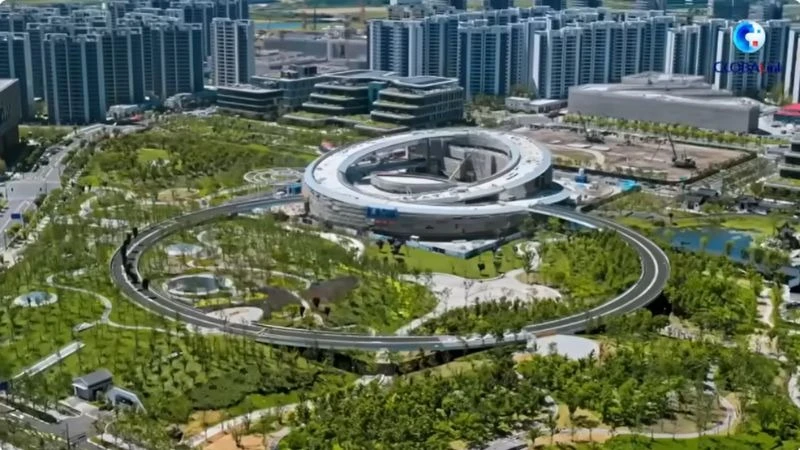UCSAF: 90pc of 758 recent telecom towers completed

THE construction of 758 communication towers across Tanzania is 90 percent complete, marking a major stride in the country's efforts to expand digital connectivity and communication access.
Peter Mwasalyanda, the Universal Communications Service Access Fund (UCSAF) chief executive officer, made this affirmation to journalists in Dar es Salaam yesterday when profiling UCSAF achievements over the past four years.
About 682 towers were fully completed, with around 70 nearing final stages of construction, he said, noting that the goal is to reach at least 8.5m communications users with limited or no access to advanced communication services.
In 2023, the government injected a subsidy of 126bn/- to support telecommunications companies involved in the tower construction project, reinforcing the national agenda to modernise ICT infrastructure, he stated.
Since its establishment, UCSAF has overseen the construction of more than 2,000 communication towers across the country, with over 280 more towers planned, to further enhance network coverage, improve radio reception and broaden access to free public internet.
“In the past four years, significant investments have been made in tower construction, which is crucial in keeping pace with the digital age. These efforts also support our education initiatives, particularly those promoting science learning among girls,” he declared.
A separate project in Zanzibar is underway to construct 42 communication towers billed at 6.9bn/-, meanwhile as efforts are being pursued to bridge the digital divide and advance the digital economy, public Wi-Fi has been installed in seven key locations over the last four years.
The fund has also focused on improving digital education in schools, distributing ICT equipment—including computers, printers and projectors—to over 400 schools nationwide, he said, underlining that early exposure to computer skills is vital for students, allowing them to explore diverse learning paths and better prepare for the digital economy.
The broader impact of the infrastructure investment includes growth of mobile connectivity, with the number of registered SIM cards increasing from 54m in 2021 to 90.3m by March 2025. Internet users jumped from 29.8m to 49.3m over the same period, he specified.
This success is due in part to upgrading 2G towers to enhance coverage and capacity, which has fuelled the growth of mobile and internet services, he said.
A nationwide teacher training programme has so far reached more than 3,000 instructors, enabling them to effectively teach digital subjects, while UCSAF invests in training stints to encourage more girls to take up science-related courses, he added.
Top Headlines
© 2025 IPPMEDIA.COM. ALL RIGHTS RESERVED


